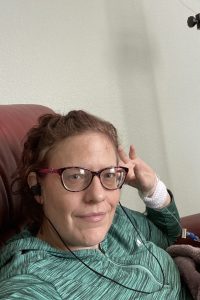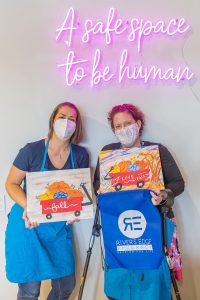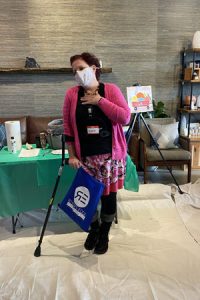RIVER'S EDGE PHARMACY – SPECIALTY PHARMACY AND INFUSION THERAPY SERVICES
River’s Edge Pharmacy is a leading specialty pharmacy and infusion therapy service provider for patients and physicians who are seeking exceptional expertise, professional guidance, and human kindness.
The team of pharmacists, technicians, and care experts at River’s Edge Pharmacy serve as patient advocates by combining professional expertise with caring support. These services are all part of River’s Edge Pharmacy’s commitment to helping patients live better lives while navigating the complicated world of medicine and health insurance.
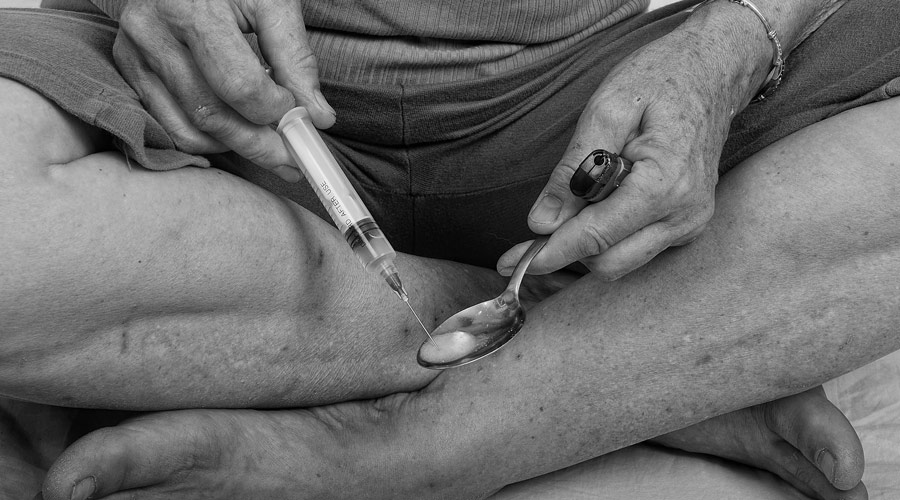
The current opioid epidemic was responsible for the deaths of more than 33,000 people in 2015. Overdose deaths were nearly equal to the number of deaths from car crashes. And in 2015, for the first time, deaths from heroin alone surpassed gun homicides. This is as much a social issue as it is a medical issue. While the statistics are conclusive, no designation was made between medically prescribed overdoses and illegally obtained drug overdoses. For these obvious reasons, the epidemic been labeled as the worst drug crisis in American History by Public Health Officials.
How did we get here?
It is only natural to wonder how this epidemic came about. What started it? And how did it get to this level criticality? In the late 1990s, pharmaceutical companies reassured the medical community that patients would not become addicted to opioid pain relievers. With this promise, healthcare providers began to prescribe them at greater rates.
Increased prescriptions of opioid medications led to widespread misuse of both prescription and non-prescription opioids before it became clear that these medications could indeed be highly addictive.
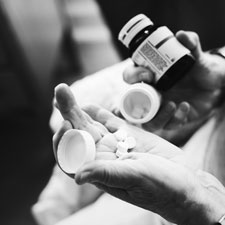
“Increased prescriptions of opioid medications led to widespread misuse of both prescription and non-prescription opioids before it became clear that these medications could indeed be highly addictive.”
– Kathy Adams
A turn of events.
Between 2005 and 2015, there was noticeable drop in the prescriptions of opioids, such as oxycodone and hydrocodone. Once again, we ask “why”. As the cost of opioids increased and availability decreased, opioid-dependent patients resorted to cheaper alternatives – the most common alternative being heroin. The result: a sharp, 33% increase of heroin usage within 10 years, making heroin a more popular option than regulated prescription opioid pain medications.
The most common method of administration for heroin is through the use of hypodermic needles – and now the consequences are being realized. The practice of sharing needles has led to an increased diagnosis of HIV, Hep-C, and other blood-borne diseases. Additionally, even the slightest imprecision in dosing, or knowledge of purity, increases the chance of death by overdose, making heroine likely to be an important factor contribution to the growth in opioid-related drug deaths.
Another effect that has been documented as a result of opioid usage is the impact on homelessness. A report by the National Health Care for the Homeless Council revealed that the sever dependency upon opioids – and subsequent addiction to heroin – has resulted in the harm to families, loss of employment, and, ultimately, homelessness. And with limited treatment for people who are addicted to heroin and living in prolonged poverty, the morbidity rate increased by 61% in 2014 on a national scale.

Now what?
In response to the opioid epidemic, the Trump Administration has expressed its’ commitment to bringing everything the federal government has to bear on this health emergency. They have identified five specific strategies that HHS will bring to the fight:
- Improving access to treatment and recovery services;
- Promoting use of overdose-reversing drugs;
- Strengthening our understanding of the epidemic through better public health surveillance;
- Providing support for cutting-edge research on pain and addiction;
- Advancing better practices for pain management.
Today, Pain Management Physicians have a difficult job navigating the tough restrictions while still trying to provide much-needed relief for patients suffering from pain. While some patients will benefit substantially from alternative options, others – particularly cancer patients – may suffer as a result of the reduction in allowable medical dosing guidelines. Additional investigation is needed to define which medical conditions should be considered worthy of opioid prescription.
Many may not be aware of opioid alternatives when facing acute or chronic pain. The following is list of four commonly used therapies to consider and discuss with your health care professional should include:
- Physical Therapy
- Injection Therapy
- Spinal Cord Stimulation
- Compounded Topical ointments
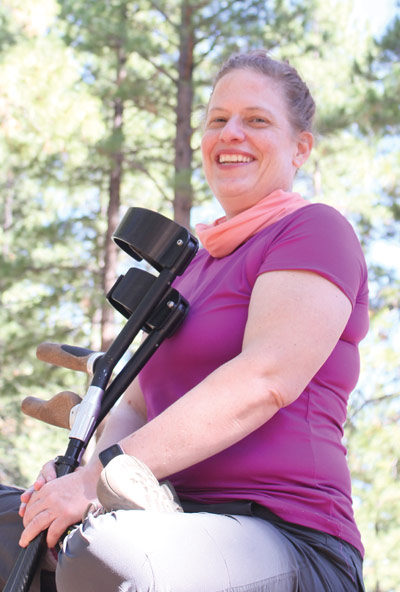
Jennifer “Lizzie” MacDonald leads the PATH – Patient Healthcare and Wellness Program at River’s Edge Pharmacy. As a patient with multiple chronic conditions, Lizzie has first-hand experience with navigating the complex health system.
Throughout her journey, she has become impassioned with sharing her knowledge and serving as an ambassador for patient independence, wellness, and recovery. This not only lead to patients’ relief and comfort, it has provided an opportunity for doctors to utilize a patient advocate for more effective and time-saving care in their practices.
Lizzie is an outspoken supporter of creating community through support groups as well as through the invaluable connection of one-on-one interactions for patients who are managing chronic/complex illnesses. Through her efforts, she has emboldened patients to share their ideas, goals, and triumphs, as well as live life to the fullest, regardless of their condition(s).
Lizzie is also a contributing author to River’s Edge Pharmacy’s News and Articles


